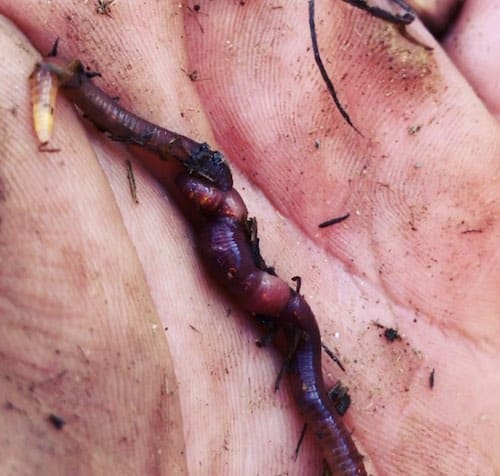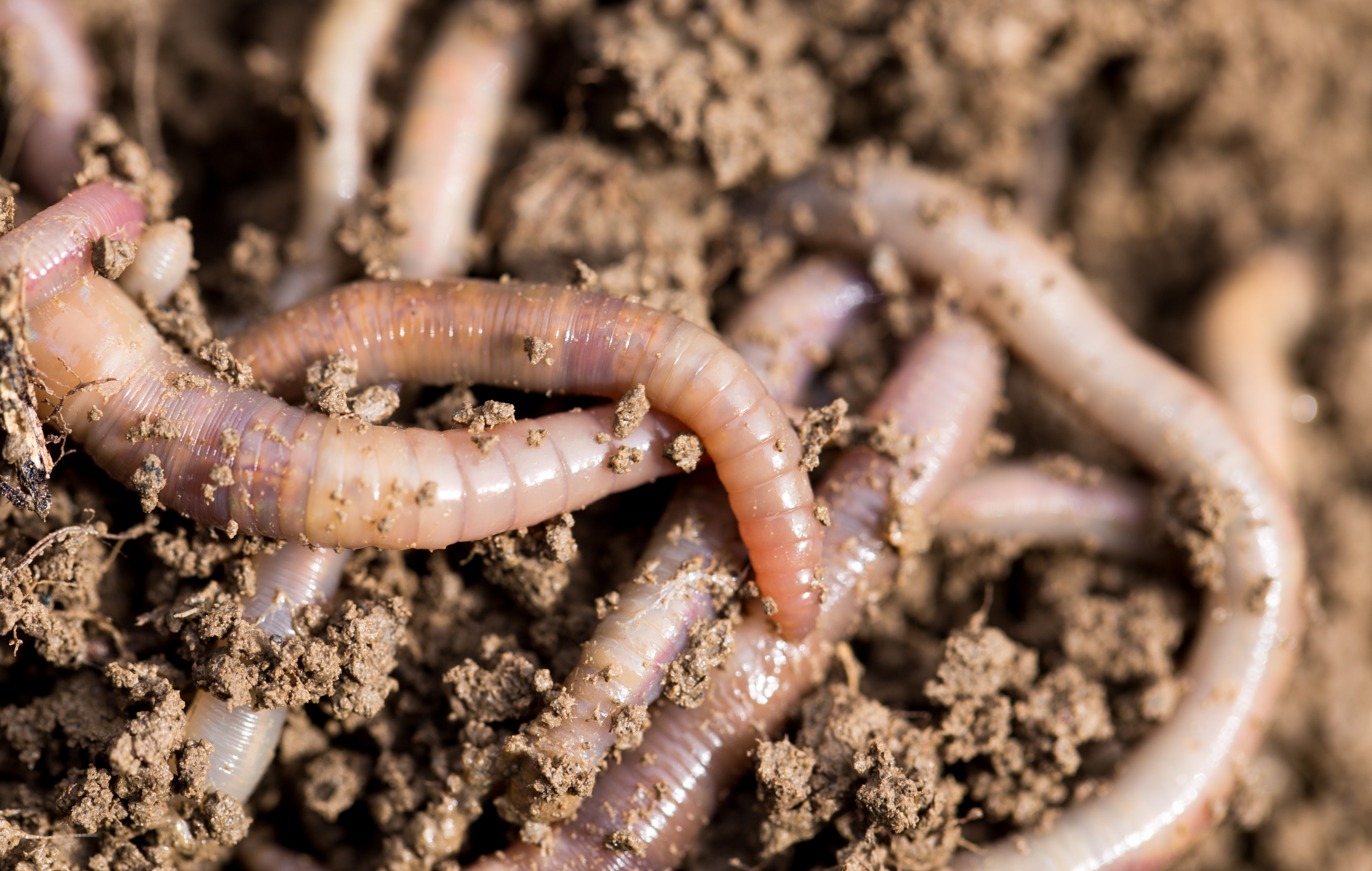Red Wiggler Worms Demystified: Opening the Keys of Vermiculture for Greener Living and Nutrient-Rich Dirt
In the realm of lasting practices for enriching dirt quality and advertising eco-conscious living, red wiggler worms play a critical yet typically ignored role. Red Wiggler Worms. Recognizing the ins and outs of caring for these worms, enhancing their environment, and utilizing their castings can lead to a greener lifestyle and healthier dirt for plants to thrive.
The Role of Red Wiggler Worms
Red Wiggler worms play a vital role in composting systems by effectively breaking down organic matter into nutrient-rich spreadings. These voracious eaters consume a range of organic materials, such as kitchen area scraps, yard waste, and paper items. As they feed, the worms' digestive system processes break down the natural matter right into a fine, dark, and nutrient-dense material recognized as worm spreadings or vermicompost.
The castings generated by Red Wiggler worms are very helpful for soil health and plant growth. They are rich in crucial nutrients like nitrogen, potassium, and phosphorus, which are crucial for supporting healthy and balanced plant development. In addition, worm spreadings have useful microorganisms and enzymes that assist boost dirt framework, increase water retention, and boost nutrient uptake by plants.
Advantages of Vermicomposting

Furthermore, vermicompost, the nutrient-rich output of vermicomposting, acts as an excellent organic plant food and dirt conditioner. It boosts dirt framework, enhances dirt aeration, and enhances soil wetness retention. These residential properties add to much healthier plants with stronger origin systems and better resistance to illness and insects. Vermicompost also enriches the dirt with necessary nutrients like phosphorus, nitrogen, and potassium, promoting plant growth and overall dirt fertility.
In addition, vermicomposting supports lasting gardening techniques by providing a all-natural and chemical-free alternative to artificial fertilizers. Red Wiggler Worms. This eco-friendly technique not only improves the dirt yet additionally helps in reducing dependence on dangerous chemicals, promoting a greener and much more lasting means of horticulture
Establishing a Worm Container
When developing a worm container for vermicomposting, correct configuration is important to make certain the success of the composting procedure. The very first step in establishing a worm bin is choosing an ideal container. This can be a plastic container or wood box that gives adequate area for the worms to walk around and has proper water drainage openings to avoid waterlogging. Next, a bed linens material such as shredded paper, cardboard, or coconut coir need to be included to the bin. This bedding provides a comfy setting for the worms and helps keep dampness levels.
After adding the bedding, introduce the red wiggler worms to the bin. It is recommended to begin with a small number of worms and progressively enhance as they multiply. The worms need to then be supplied with food scraps such as fruit and veggie peels, coffee grounds, and eggshells. It is necessary to avoid adding meat, dairy products, oily, or salted foods to avoid drawing in parasites and developing unpleasant odors.
Frequently check the dampness degrees and temperature level in the worm bin to guarantee ideal problems for the worms. With appropriate configuration Home Page and upkeep, the worm container will successfully transform natural waste into nutrient-rich compost for your plants and garden.
Collecting Worm Castings
To successfully accumulate nutrient-rich worm spreadings from your vermicomposting system, an organized harvesting approach is vital. When it comes time to harvest the worm spreadings, there are a couple of crucial steps to comply with to make sure a successful process.

Troubleshooting Common Issues
Identifying and addressing common obstacles that might occur throughout the vermicomposting procedure is vital for maintaining a productive and healthy worm container. One usual concern that vermicomposters experience is overfeeding. Adding excess food scraps can bring about a build-up of dampness and acidity in the worm bin, possibly hurting the worms. To avoid this, feed the worms in moderation, making sure that the food scraps are sufficiently broken down prior to adding much more. Another concern is undesirable odors originating from the worm bin. Foul scents show anaerobic problems, normally triggered by overwatering or poor ventilation. To treat this, change the dampness degrees by adding completely dry bedding products like shredded newspaper or cardboard and rise oygenation by turning the bed linens consistently.
Furthermore, if the worm population is declining or the worms appear unhealthy, maybe because of ecological stress factors such as severe temperature levels or pH levels. Monitoring these aspects and making necessary modifications is vital for the health of the worms. By troubleshooting these typical concerns quickly, vermicomposters can make certain a smooth and effective vermicomposting procedure while maintaining a growing worm population.

Conclusion
To conclude, red wiggler worms play a vital duty in vermiculture by damaging down raw material right into nutrient-rich dirt. The advantages of vermiculture include greener living and enhanced dirt quality. Establishing a worm bin is essential for effective get more vermiculture, and harvesting worm castings provides important garden compost for gardening. By comprehending and troubleshooting common issues, people can open the tricks of vermiculture for lasting living and much healthier soil.
As they feed, the worms' digestive system processes break down the natural matter into a penalty, dark, and nutrient-dense material known as worm spreadings or vermicompost.
The castings generated by Red Wiggler worms are very beneficial for soil wellness and plant growth. Including excess food scraps can lead to an accumulation of dampness and acidity in the worm container, potentially damaging the worms.Furthermore, if the worm population is decreasing or the worms appear harmful, it might be due to ecological stress factors such as extreme temperatures or pH degrees. Setting up a worm bin is essential for effective vermiculture, you can try here and harvesting worm castings provides useful compost for gardening.